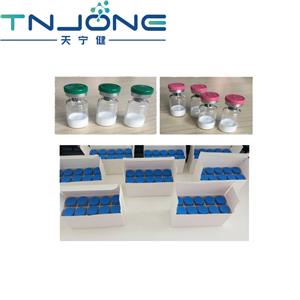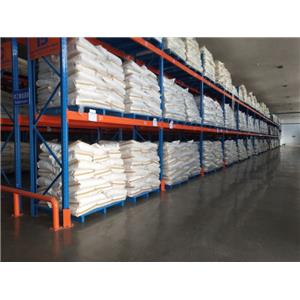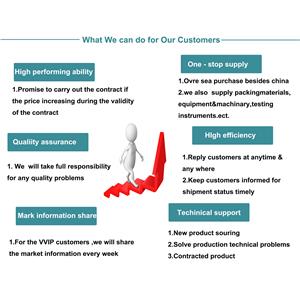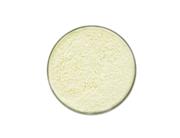Manufacturer Provide High Quality Nootropics Glyx 13 CAS 117928-94-6 Glyx-13 Rapastinel
Peptide

Introduction
Product Name: GLYX-13
Other Name :Rapastinel;GLYX 13;TPPT-amide trifluoroacetate
CAS NO: 117928-94-6
Purity: 99%min
Appearance:White Powder
Molecular formula:C18H31N5O6
MW:413.47
Boiling Point :844.2±65.0 °C(Predicted)
Density :1.370±0.06 g/cm3(Predicted)
Storage:Keep in dark place,Inert atmosphere,Store in freezer, under -20°C
What is Peptide GLYX-13?
Rapastinel (GLYX-13) is a NMDA receptor modulator with glycine-site partial agonist properties. It is a robust cognitive enhancer and shows rapid and long-lasting antidepressant properties in both animal models and in humans.
Rapastinel was derived from a monoclonal antibody, B6B21, is a tetrapeptide (threonine-proline-proline-threonine-amide) obtained from amino acid sequence information obtained from sequencing one of the hypervariable regions of the light chain of B6B21. The in-vivo and in-vitro pharmacology of rapastinel was examined.
GLYX-13 Peptide Benefits
Rapastinel was found to be a robust cognitive enhancer in a variety of learning and memory paradigms and shows marked antidepressant-like properties in multiple models including the forced swim (Porsolt), learned helplessness and chronic unpredictable stress.
Rapastinel's rapid-acting antidepressant properties appear to be mediated by its ability to activate NMDA receptors leading to enhancement in synaptic plasticity processes associated with learning and memory.
This is further substantiated by the increase in mature dendritic spines found 24 hrs after rapastinel treatment in both the rat dentate gyrus and layer five of the medial prefrontal cortex. Moreover, ex vivo LTP studies showed that the effects of rapastinel persisted at least two weeks post-dosing.
GLYX-13 Peptide Mode of Action
1. Enhance mental intelligence;
2. Boost memory and leaning capabilities;
3. Improve brain power to solve problems and protect it from any chemical or physical injury;
4. Enhance motivation level;
5. Enhance the control of cortical/subcortical brain mechanism;
6. Improve sensory perception.

 China
China









